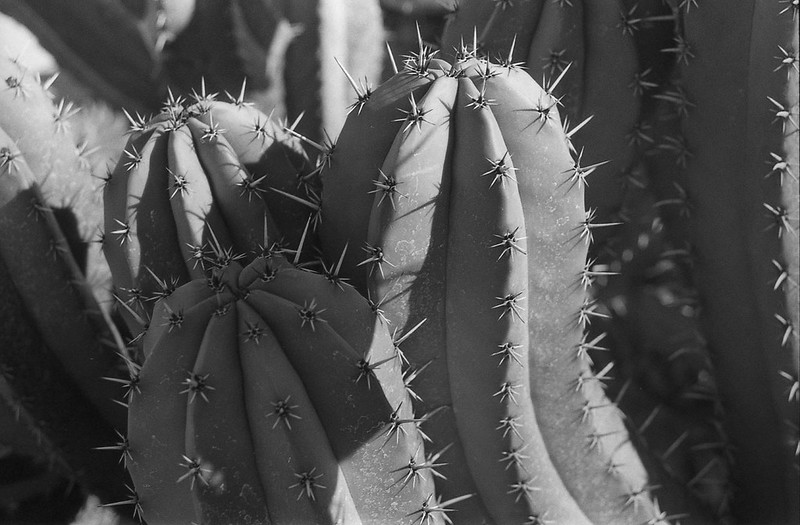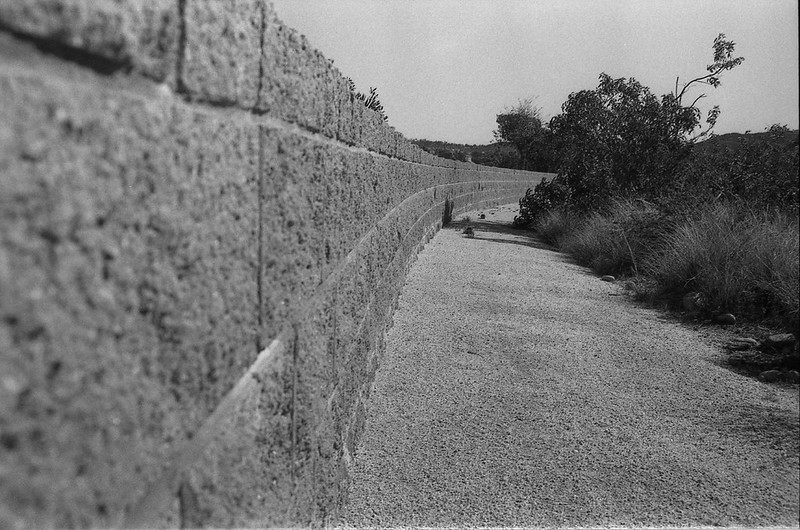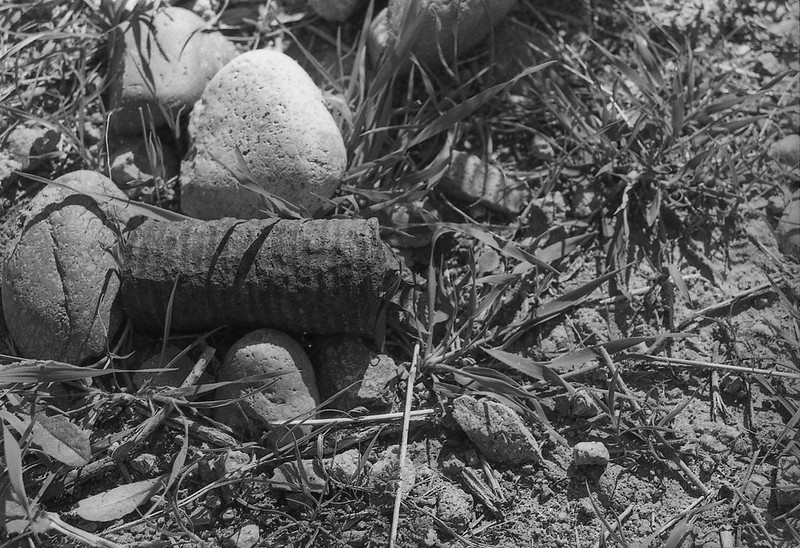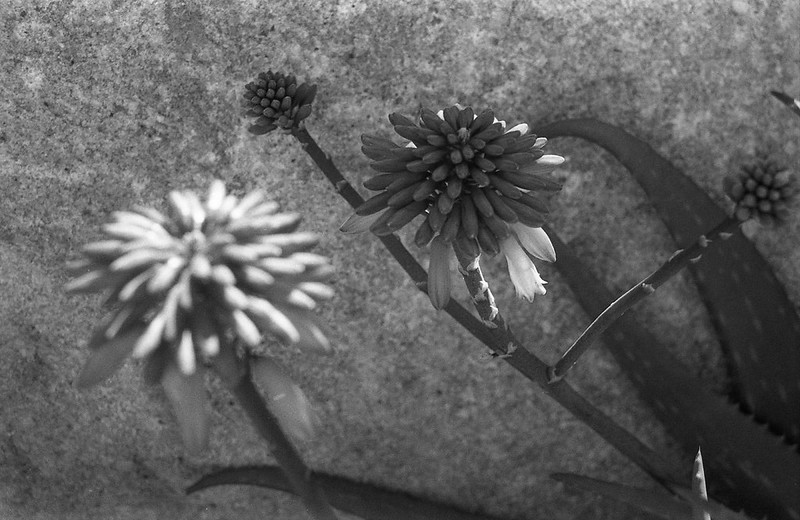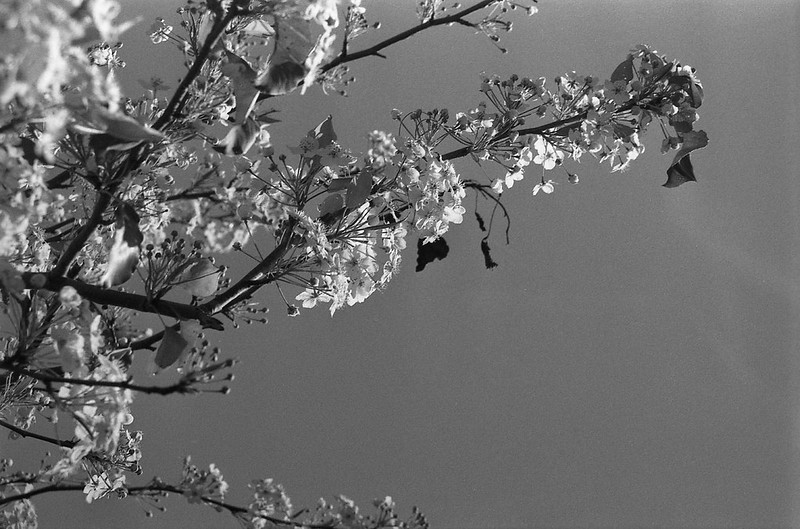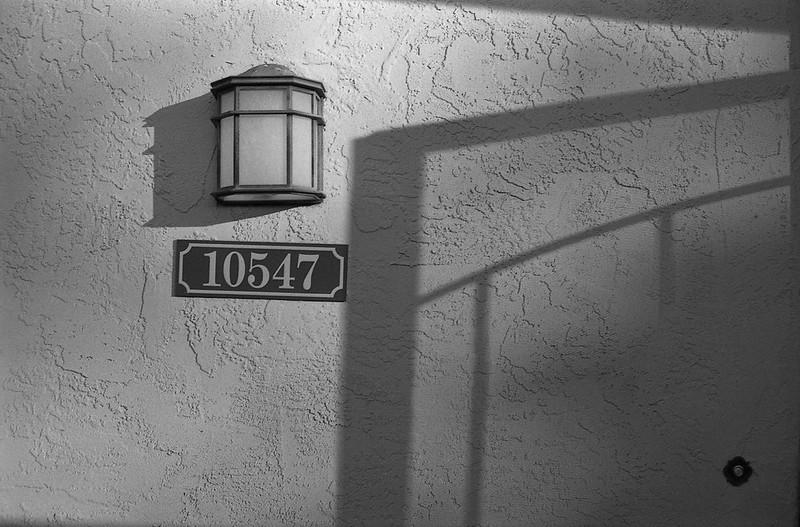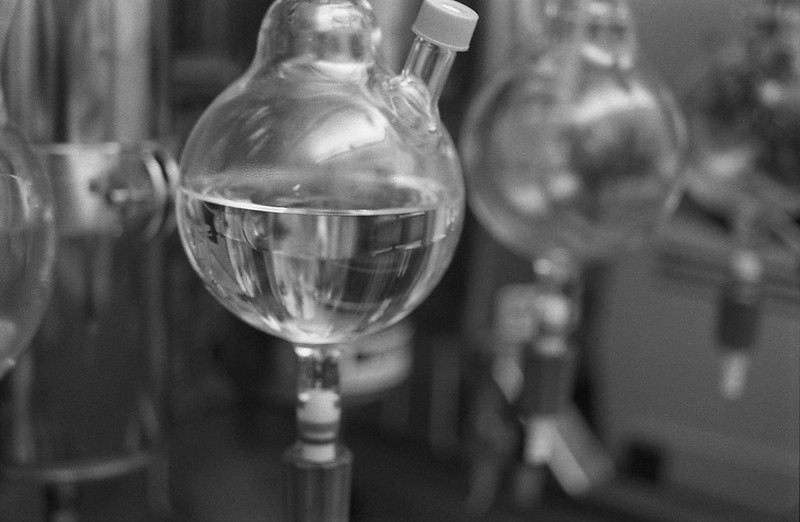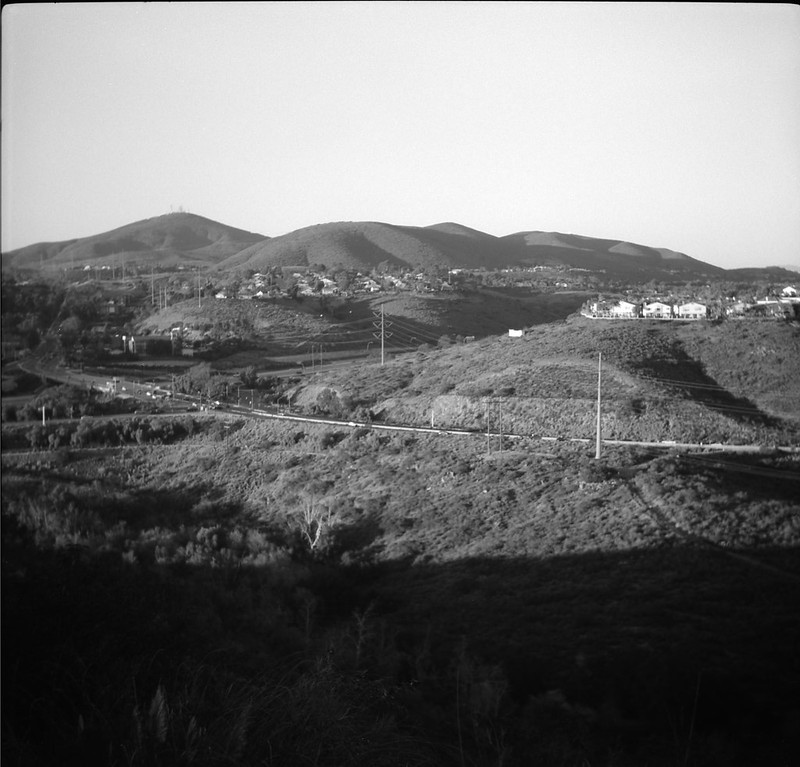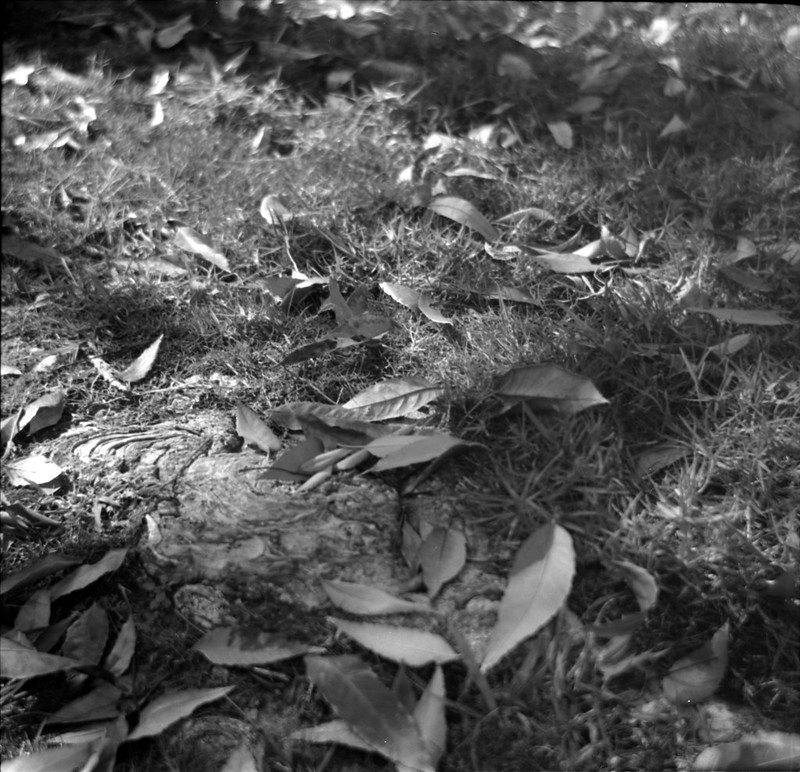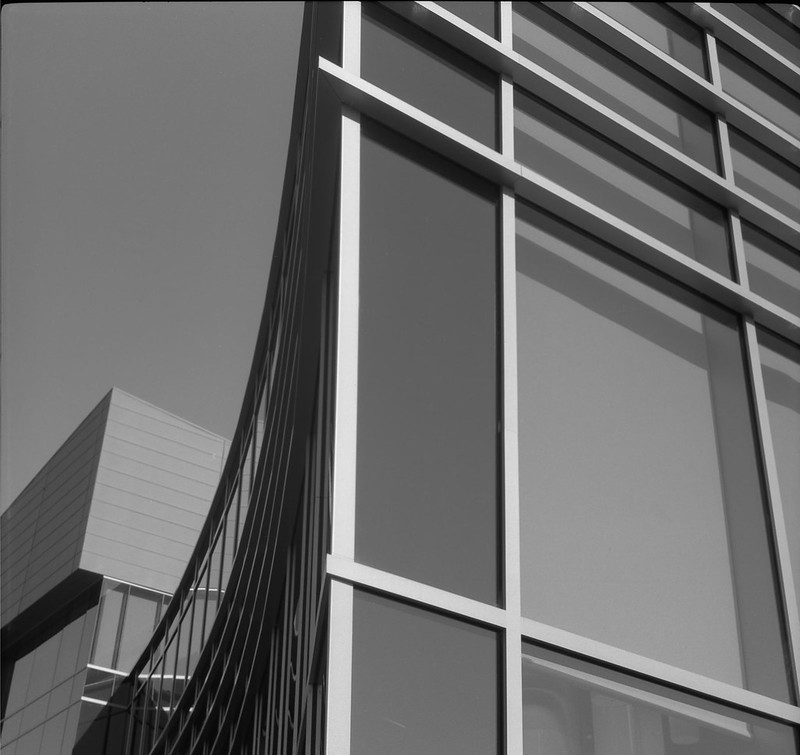Bakelite. It sounds like the heat source for one of these.

But it isn't. It's a modern miracle of materials science!! Alright, it isn't so modern, but just because it was invented in 1907 doesn't make it any less miraculous. It was the first synthetic plastic and was developed for its electrical insulation properties. So you could make a telephone casing with it and be pretty confident that when you answered, the person on the other end would hear “Hello?” and not “Gggggrraaaaaahhhhhhhhggg!!!!” It soon became popular to make lots of things with this durable moldable material. And make things they did. Everything from radios, to pipe stems, to automobile dashboards were made from Bakelite.

But you are on the Through a Glass, Darkly blog, not the “Through a Windshield Because They Haven't Invented Seatbelts Yet, Darkly” site, so best we stay on topic. Yes, they made cameras out of Bakelite. They made LOTS of them. Probably the most prolific Bakelite pusher in the photographic world was... yes, you guessed it, Kodak. They made Brownies of all types out of Bakelite and in the 1930's through the 1960's if your family didn't have one, the next door neighbors did. Early Bakelite Brownies took 127 roll film which is not as wide as modern 120 medium format film and usually produced 4x4 cm images. The Bakelite Brownies later evolved to shoot the more popular 6x6 cm format on 120 and 620 (120 film on a different spool) film.
That brings us to one of the most abundant of the Bakelite Brownies, the Brownie Hawkeye Flash Model.
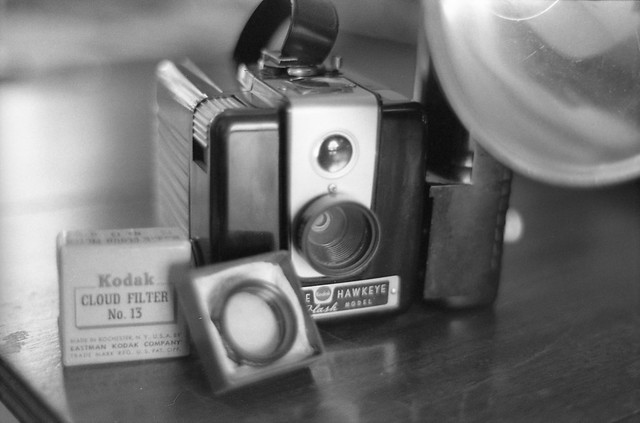
Aside from maybe the Nikon F, this is probably the most thoroughly covered camera on the web. Partly because they last forever and there are still piles of them available in like new condition for practically the cost of shipping, and partly because they are so much fun to use. It took me a while to warm up to the idea of getting one of these little black boxes. I had read enough and seen enough pictures from them to know that they were capable little cameras, but the point and shoot nature sort of turned up my snob dial and I resisted the urge to drop $5 on such a common piece of equipment. One day however, I was perusing an auction site (not the one you are thinking of… yes, the other one) and there was one listed for $5 with local pick up available. Okay, a fiver and no tax or shipping... What's the worst that could happen? So I won the “auction”. Really there isn't much in the way of actual bidding on these, so that was just a waiting game. I went downtown and picked up my first BHF (that's short for Brownie Hawkeye Flash among BHF owners – yes that's a thing) and the first thing that happened was the clerk dropped it on the concrete floor. I fully expected to be picking up little bits of BHF but the thing bounced a little and there was one small chip that I didn't even notice until days later. I decided to do a thorough cleaning and prepared my tools and rags and pointy things for tiny crevices, but all I needed was a Philips head screwdriver. That's it. I didn't even have to consult the Googlz. It is so simple to take it down to a reasonable number of components and clean them. So there I was. I had a BHF that looked and worked like the day it rolled off the production line, which thanks to the CAMEROSITY code (YSRM), I know was in July of 1953.
Now what is it about this camera that would inspire so many to devote their time and creative juju to it? Well, I can't speak for others, but have I mentioned it's made of Bakelite? That puts it pretty firmly into the “cool junk” category and I've heard that chicks dig that. The simple meniscus lens keeps it sharp in the center from about 5 – 15 feet and just slightly softer around the corners.
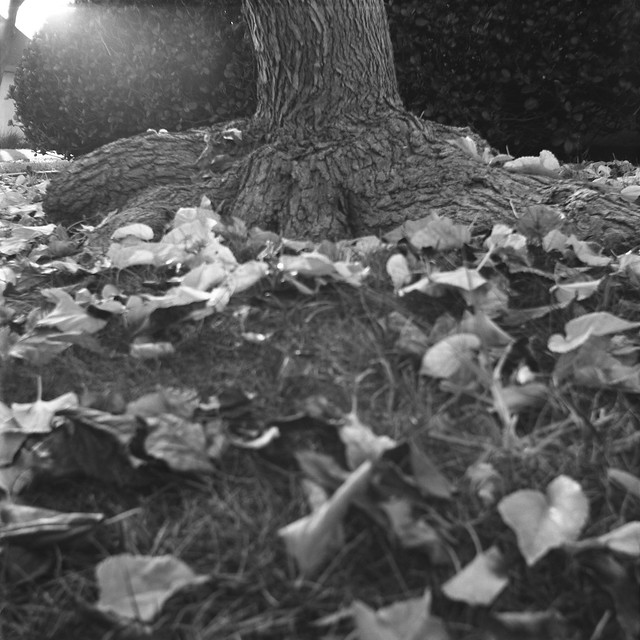
Obviously, if you live and die on Mount Hassy, this may not be for you, but if you want to go even deeper into the soft corner abyss, you can simply take the lens out and flip it around. That gives a sharp center circle but the outer parts of the image quickly fly apart into a nightmarish spectacle that you will never want to wake up from.

This is a fixed focus, fixed aperture, fixed shutter speed camera, so "point and shoot" in every sense of the word except that you have to remember to wind the film. There is no protection against double, triple or tredecuple (it's a word, look it up) exposures, so wind first or wind last, but do it every time. There is a bulb setting for long exposures, but there is no tripod socket, so good luck with that (keep reading if you want to know what the "bulb" setting is really for). Not having control over aperture or shutter speed makes the choice of film important. These cameras were made before fast emulsions, so iso 100 is about right for daylight shooting or indoors with a flash. That's right, many of these have working flash units attached. They take regular #5 flash bulbs which can still be had if you look. They aren't cheap, but if you are going to oh, say your company Christmas party and want to impress that girl from the steno pool that you've been admiring from afar, load up on #5's and crack one off casually when she is reaching for the cheeseball. If the blinding flash doesn't get her attention, the smell of the bulb's plastic coating melting away will. The flash diffuser combined with the size of the bulb itself creates a more pleasant light than does the harsh point of an electronic flash. Plus, if your subjects are cold, it throws a blast of radiant heat that washes over them, warding off those winter chills. Obviously, if you are in a really dark place, you can use the "b" or "bulb" setting by pulling up on the button opposite the shutter release. This keeps the shutter open as long as you hold the shutter button down, but it also fires the flash. The most common type are M bulbs or Medium fast bulbs, offering time to peak of 18-20 ms and generally 8-12 ms flash duration. That is much faster than the regular shutter speed, but it has to be dark or you will get weird dim blurs around your sharp flash image.

Finally, I want to talk about maybe my favorite feature of this camera. The Bakelite is good, the lens is 'special', the flash does what it does in spectacular fashion, but I just love the sound of the shutter. It is the simplest of spring loaded rotary shutters. The speed on yours may vary from mine, but between 1/30th and 1/40th is a safe bet. It doesn't really matter though. You can't change it! But that sound… I wish I could make a really good recording of it and play it for you. It goes like this “ker-SNAP!...schokkk.” Well, it sounds better than it looks phonetically, trust me. I have it on a shelf just above the computer where I am writing this and I just keep stopping to push that button, and when I am actually taking pictures with it, it's even more satisfying.
The Brownie Hawkeye Flash Model camera is really more than the sum of its parts. The experience of using one isn't about maximizing your creative potential. You probably won't realize your dream photograph with it. The BHF is about pointing, shooting, having fun and looking cool (for very specific definitions of “cool”). Bakelite is a miraculous material because it has made the preservation of thousands of these neat little box cameras possible. Pick one up, they're everywhere. Load it with your favorite medium speed film and take a walk with some friends. I guarantee you will have some fun, make some memories and take some good pictures.

